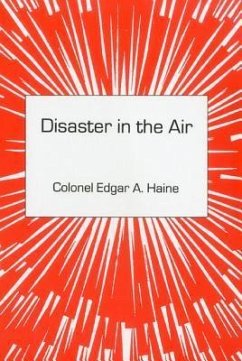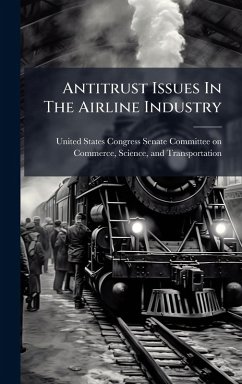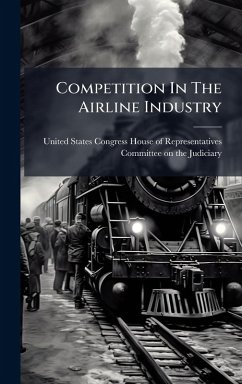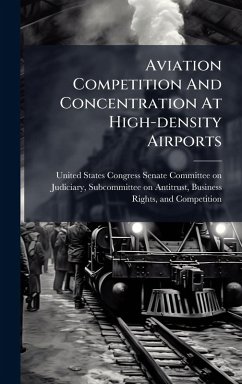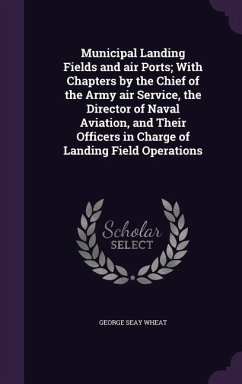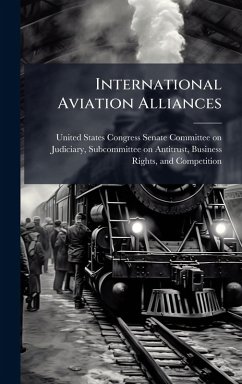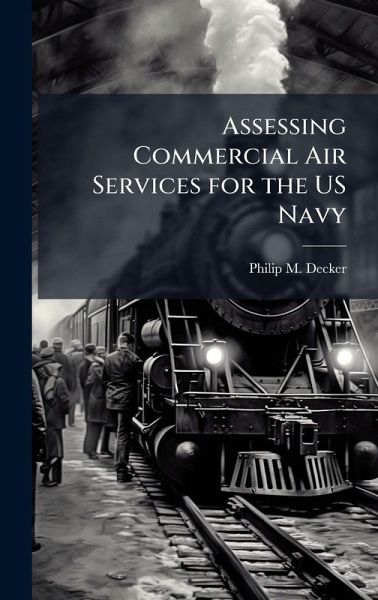
Assessing Commercial Air Services for the US Navy
Versandkostenfrei!
Versandfertig in über 4 Wochen
26,99 €
inkl. MwSt.
Weitere Ausgaben:

PAYBACK Punkte
13 °P sammeln!
The current state of the military is a force that is reduced in size but still maintains a high and expanding operational tempo. Doing "more with less" is a common phrase heard throughout the military ranks. Many times that means fewer people working longer hours with fewer resources to do a job that has not been reduced in scope to match the reduced force structure. In the spirit of transformation, the military has resorted to using civilian contractors to fill the gap left by a reduced force structure. The military actually has a long history of hiring commercial air transport companies to t...
The current state of the military is a force that is reduced in size but still maintains a high and expanding operational tempo. Doing "more with less" is a common phrase heard throughout the military ranks. Many times that means fewer people working longer hours with fewer resources to do a job that has not been reduced in scope to match the reduced force structure. In the spirit of transformation, the military has resorted to using civilian contractors to fill the gap left by a reduced force structure. The military actually has a long history of hiring commercial air transport companies to transport forces and companies that have specialized technical skills that aid military training and development. A more recent development is commercial security forces, like Blackwater USA, which have been utilized in Iraq to augment thinly stretched conventional forces.1 Blackwater USA gives the Department of Defense (DOD) and the military some employment options but also raises many questions of cost, liability and professionalism. This work has been selected by scholars as being culturally important, and is part of the knowledge base of civilization as we know it. This work was reproduced from the original artifact, and remains as true to the original work as possible. Therefore, you will see the original copyright references, library stamps (as most of these works have been housed in our most important libraries around the world), and other notations in the work. This work is in the public domain in the United States of America, and possibly other nations. Within the United States, you may freely copy and distribute this work, as no entity (individual or corporate) has a copyright on the body of the work. As a reproduction of a historical artifact, this work may contain missing or blurred pages, poor pictures, errant marks, etc. Scholars believe, and we concur, that this work is important enough to be preserved, reproduced, and made generally available to the public. We appreciate your support of the preservation process, and thank you for being an important part of keeping this knowledge alive and relevant.




